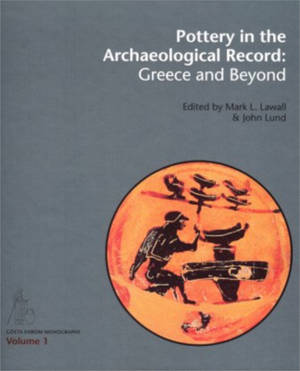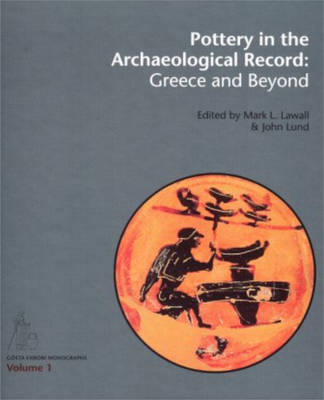
- Afhalen na 1 uur in een winkel met voorraad
- Gratis thuislevering in België vanaf € 30
- Ruim aanbod met 7 miljoen producten
- Afhalen na 1 uur in een winkel met voorraad
- Gratis thuislevering in België vanaf € 30
- Ruim aanbod met 7 miljoen producten
Pottery in the Archaeological Record
Greece and Beyond
€ 45,95
+ 91 punten
Omschrijving
Archaeologist are increasingly focusing on the transformation of artifacts from their use in the past to their appearance in the archaeological record, trying to identiy the natural and cultural processes that created the archaeological record we study today. In Classical Archaeology, attention to these processes received an impetus by J. Theodore Pena's 2007 monograph, Roman Pottery in the Archaeological Record, which considered how ceramic vessels were made, used and stayed in use serving various secondary purposes, before finally being discarded. Pena relied mainly on evidence from Roman Italy, which raises the question of the impact of similar cultural forces on pottery from other periods and places. His work accentuates the need to continue the process of building and developing explicit interpretive models of ceramic life-histories in Mediterranean archeology. With a view to beginning to address these challenges, the editors invited a group of specialists in the pottery of Greece and the rest of the Eastern Mediterranean to a colloquium in Athens in June 2008, asking the contributors to recondiser Pena's general models, approaches and examples from their own particular geographic and cultural perspectives. This publication constitutes the proceedings of this colloquium.
Specificaties
Betrokkenen
- Uitgeverij:
Inhoud
- Aantal bladzijden:
- 168
- Taal:
- Engels
- Reeks:
- Reeksnummer:
- nr. 1
Eigenschappen
- Productcode (EAN):
- 9788779345874
- Verschijningsdatum:
- 31/12/2011
- Uitvoering:
- Hardcover
- Formaat:
- Genaaid
- Afmetingen:
- 226 mm x 244 mm
- Gewicht:
- 757 g

Alleen bij Standaard Boekhandel
+ 91 punten op je klantenkaart van Standaard Boekhandel
Beoordelingen
We publiceren alleen reviews die voldoen aan de voorwaarden voor reviews. Bekijk onze voorwaarden voor reviews.









